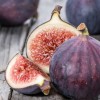Features of growing figs: tips for beginners
Content
Landing benefits
It is interesting to know that figs bloom unusually, although they give delicious fruits. Now the demand for figs is growing more and more, figs have a lot of useful qualities and they contain important trace elements necessary for the human body.
For our countries and in the Moscow region, it is best to grow this plant in the form of a bush, since it must be covered for the period of winter frosts.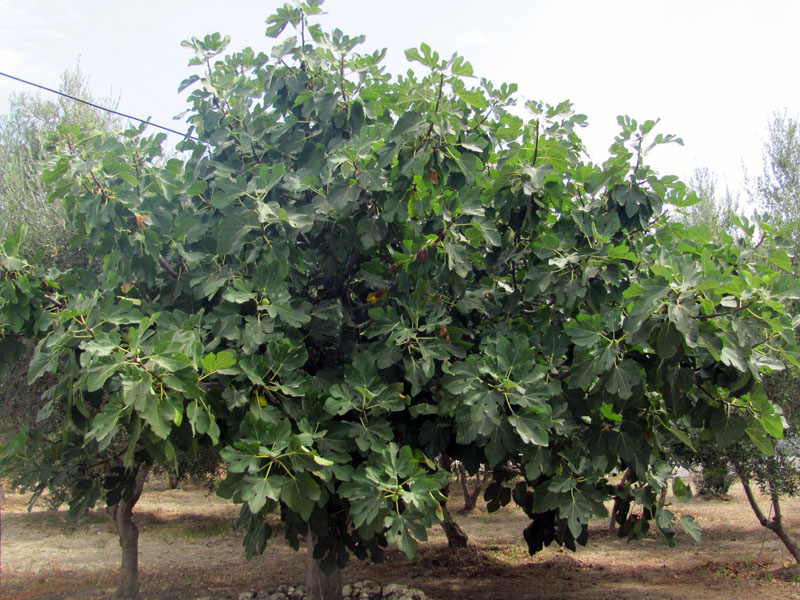
The advantage and feature of seedlings is that they can be planted in almost any soil.
The peculiarity of figs is that they can be eaten both after harvest and in dried form, they have easy storage. Its beneficial properties are preserved, and the taste does not change at all.
Video "Growing"
From the video you will learn how to grow a fig tree.
Where to plant
When choosing a planting site, it is necessary to consider where the figs grow in their origin. This warm-loving fruit prefers a lot of sun and light.
Thus, an important factor for a successful planting is the condition that the total temperature index during the growing season should be 400 degrees. This is the most important rule for a good and consistent harvest.
The most optimal place for planting is the southern side of the site, so that there are no tall plants, heaps and buildings. On the other three sides, small shrubs or structures that protect from the winds are allowed. The planting side should always be open and sunny.
When to plant
It is important to understand not only how to plant figs, but also what time of year.
Planting times for figs vary by breed and region. In some areas, it is recommended to start planting cuttings in the fall, using seedlings left for the summer. This happens in late October or early November, most importantly, before the first frosts come.
And in other areas in spring, especially late (at the time of the onset of heat so that the seedling can gain strength for further growth). After planting, it is necessary to water very well for the constant presence of moisture.
Which variety to choose?
Knowing how figs grow, one can draw conclusions which of the varieties will take root in non-tropical conditions, and which will not.
An important indicator is the winter hardiness of the plant. For our climate, special varieties were bred that are able to withstand the cold winter, frost and successfully wait until their favorite time comes - summer.
In addition, preference should be given to self-pollinated species, even in the subtropics there is only one species of wasps capable of pollination, and in our latitudes it does not live at all.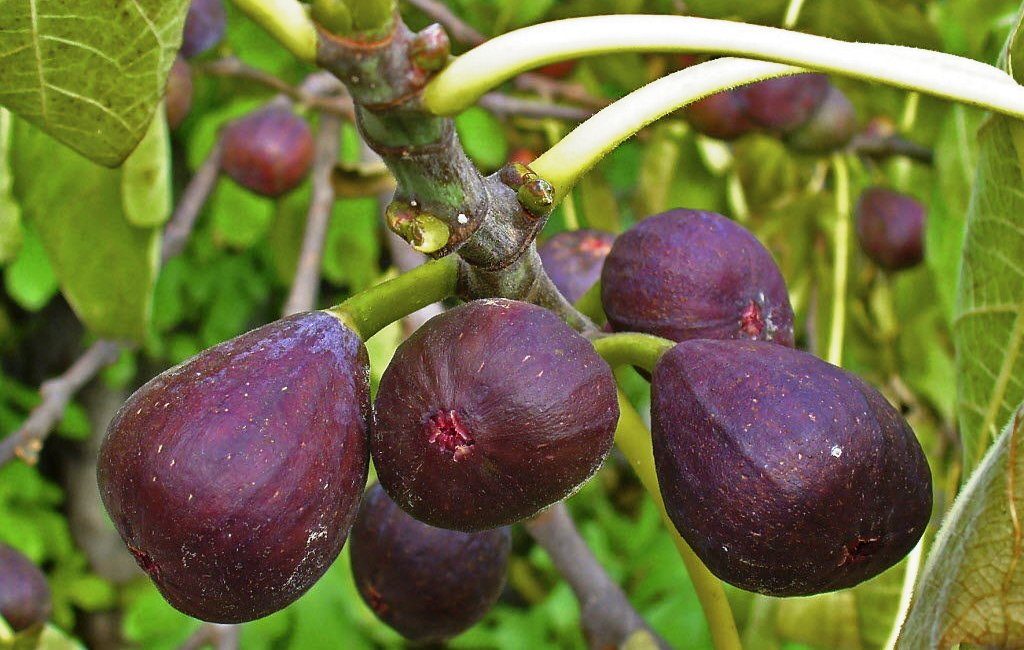
Based on such conditions and knowing the features of how to grow figs, the following varieties are suitable for a successful, fertile planting:
- "Abkhazian violet";
- "Crimean Black";
- "Pomorie";
- "Gray early";
- "Dalmatian";
- "Turkish brown".
Planting recommendations
The basic rules for planting figs are:
- the seat on one side should be sheltered from a gust of wind;
- growing figs requires special drainage;
- so that the roots cannot crawl out strongly, they must be covered;
- a special mixture is prepared for planting and supplemented with mineral fertilizer;

- the seedling is set so that the root is at an angle of 40 degrees to the north;
- the soil mixture is poured on top, tamped and watered;
- sawdust is laid as mulch.
Which seedlings are suitable for planting?
Figs can be propagated by cuttings, seeds, ripe fruits, or root growth. In any case, following the rules, the crop should be at least once a year.
The most common option is to use cuttings. They grow well, take root and provide good fruiting.
You can, of course, plant seeds in tubs, like an ordinary apple tree, but in order not to experiment, it is better to choose cuttings.
When the foliage falls and the fig tree becomes "naked", cuttings are started. This falls at the end of November. A single stalk should be 15 cm long and have a pair of internodes.
It is advisable to break off the branches, and in cases of using a secateurs, it is necessary to thoroughly rinse it after each cutting. This is done so that there is no milky juice.
A stalk planted in the ground is covered with a jar at room temperature. It is removed when the buds begin to appear and grow.
If the cuttings are left for the summer period, they root better and the already strengthened seedlings are planted in the fall. In this case, the future bush bears fruit very actively.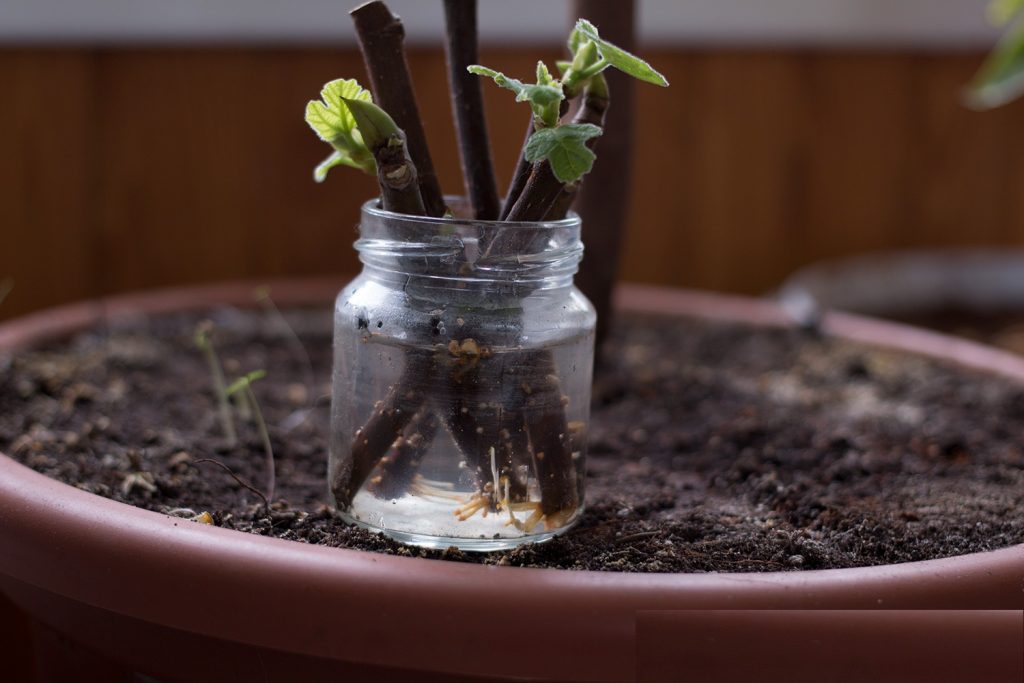
Some summer residents say that grafting winter figs on mulberries is possible. In this case, the stalk can release one or two buds, they can appear quite quickly, but it does not always turn into a good seedling. Therefore, the procedure is done infrequently, because its vaccination does not always end with a successful result.
How to prepare the ground for planting?
Fig, as a heat-loving plant, loves a sunny, bright place, but the very composition of the soil is not very demanding. The only thing to consider is that it does not need to be planted in swampy and saline soils.
Drainage is necessary in the presence of soil containing clay and sand. It is made at the bottom of fine gravel and sand. If sandy stones, then such drainage is not needed.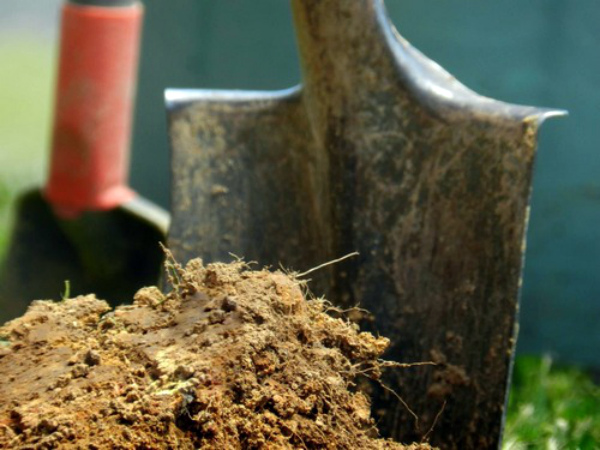
For the substrate of the planting pits, surface soil is needed, which is mixed with humus from leaves or meadow plants, plus manure and a composter.
Pit planting technology
The technology of planting in holes is widespread in the southern warm regions. A hole is dug 80x80 cm in size, into which the seedling is placed. After that, it is sprinkled with earth. And the landing site itself is compacted. After transplanting, the future fruit is ready for watering.
So that the root system does not grow much and does not bring destructive harm, the pit itself is covered with bricks.
In order to make drainage, chipped brick is poured onto the bottom with a layer of 20 to 30 cm at least.
In the climatic conditions of middle latitudes, the planting process is dominated by the trench. It requires compliance with a number of rules.
Trench landing method
The first step is to properly organize the planting trench. The dimensions of the trench should be from 70 cm to 1 meter. Dig it in such a way that a small southern slope is formed, and the most suitable depth is 120-150 cm. When digging, it is important not to mix the upper and lower fertile layer with each other.
The prepared soil mixture from soil, foliage, compost is poured in the form of a slide on top of the drainage located at the bottom of the ditch. Because of this, the depth is reduced by 1/3 part. The seedling itself is set on a mound and the roots are carefully straightened.The trench is filled up, and the root collar, if necessary, can be deepened into the ground.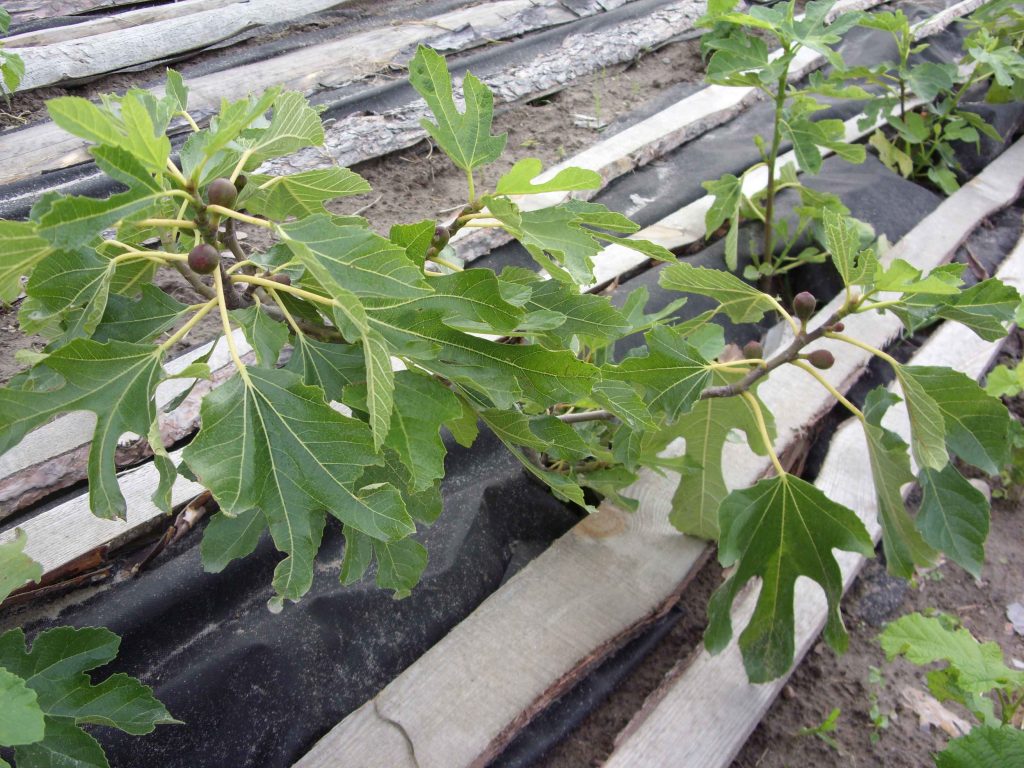
On the south side, the near-barrel part is covered with a film. They also protect it with boards so that the young tree is not "attacked" by the weeds.
This method of planting a fruit tree allows you to make a shelter for a successful wintering.
Care
Caring for your figs is an important part of getting good yields. For this, it is necessary to take the necessary measures to form the crown and subcortex.
The crown itself is formed from 3-4 branches, the height of the trunk is reached about 60 cm.During the season, the shoots are cut off. In order for more lateral branches to appear, the ends of the conductors and shoots are slightly trimmed over the course of 2-4 years. Be sure to pinch the shoots at a distance of 50-70 cm. This procedure is carried out at the end of spring.
Watering is an important part of how to care for your figs. Speaking of this, it should be noted that they do it 8-11 times a season. The required amount for one plant is 1-2 standard buckets. With drip irrigation, the most important thing is to maintain soil moisture.
In the spring, it is best to feed the figs with mineral fertilizers. The procedure is carried out by surface loosening.
To protect and improve the properties of the soil, it uses a method of covering the surface with manure. When the root system is limited, liquid feeding is used, after the appearance of the ovaries.
In spring and autumn, fig bushes are covered with a polycarbonate greenhouse. You can, of course, use other material, but polycarbonate perfectly holds moisture, temperature and has a high level of strength.
Even if figs are grown in a greenhouse, they are opened in sunny and warm weather. Preparation for the winter period begins from the moment when the outside temperature is set at + 2 + 5 ° C.
For this, the autumn shelter is removed, and those branches that protrude from the installed wall are bent to the ground. Boards are laid on the trenches and tightly covered with foil. The resulting structure is covered with earth with a layer of 10-20 centimeters.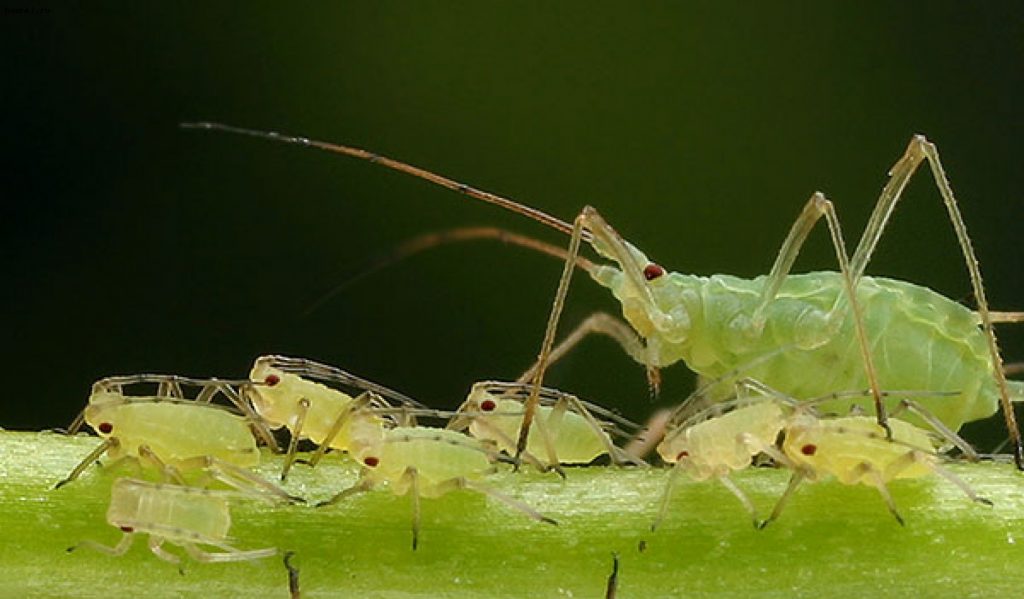
There are also some diseases of figs, even with good care. In cold areas, the most common are aphids, moth (a butterfly that causes fruit and leaves to rot) and fusarium.
In good conditions, proper planting and proper care, figs ripen and please their "owner". In order for the benefits of the fruit to last as long as possible, you need to understand how to store figs. They are difficult to keep fresh, they are very tender and subject to fermentation. One option is quick freezing. So the fruit does not lose its useful qualities. It can also be dried, taste characteristics and necessary trace elements are perfectly preserved for a long time.
This bush will not bloom in the garden, but with proper care it gives wonderful, tasty and healthy fruits.
Growing from Seed Video
From the video you will learn how to grow a good harvest of figs from seeds.


